Imagine visiting a place that is so detached from developed cities that your sense of location blurs into the echoes of mountain ranges. Rusted tin roofs show the layers of weather that the place has endured through many cycles of seasons. The sense of remoteness rings clearer when the convenience of public transportation becomes more like a luxury.
I was surprised to see a concise bus timetable when we arrived at Kanazawa station heading towards Inami town in Toyama prefecture. Our expectation for frequent bus service has somehow left us spoiled since we departed from big cities like Osaka and Kyoto. Close to missing one of the only bus services of the day to Inami, we felt that we had officially passed the test when we saw the bus come in to the station. At that moment, as we hobbled, with luggage in hand, onto the bus, we felt that we were ready to enter a world of ancient tradition.

After the hour long bus ride from Kanazawa, through mountains which reminded me of the scenes from Katsuhito Ishii’s The Taste of Tea or even Hayao Miyazaki’s My Neighbor Totoro, we had entered Toyama prefecture.
Inami is a tiny town in Toyama prefecture. It has a reputation for hosting the traditional woodcarvers who have, generation after generation, perfected their craft of ranma. Inami is approximately an hour away from Kanazawa by car and is tucked away between valleys of rice paddies. Although Inami is not the most conventional stopover for typical travelers in Japan, it is recognized as a vault of national heritage due to its long history of sophisticated wood carving arts.

Staying true to Inami tradition, we lodged at TATEGUYA Bed and Craft. This unique guesthouse was originally an old “door and window panel shop” that had been converted into a modern, stylish accommodations for the craft-enthusiast-tourist. Upon entering the building, we were instantly greeted by a soothing aroma of camphor wood (the most common type of woods used by woodcarvers) and a high ceiling held up by a strong wooden structure.

Bed and Craft, the company that owns several guesthouses like TATEGUYA throughout Inami, runs an interesting business model that not only functions as a guesthouse, but is also a start up company that builds apps for visitors to connect with small, yet highly interconnected local artisan networks. For example, the app can connect you with various craft makers who host workshops and recommend the best restaurants in town.





On our first day in Inami, we used the app to navigate through the old town. It was a very hot summer day with overcast weather. Cicadas were throwing their voices from the forests in the surrounding mountains, and a heavy layer of humidity pressed us down into the heat of the asphalt. As we slugged our bodies through the paths of the traditional wood carving district, we couldn’t ignore how calm and quiet it was. The only noticeable sound was the hit of a hammer against a chisel somewhere in the distance.



Perhaps it was the hot weather that kept people from stepping outside of their residences, but the empty streets and vacant driveways seemed more telling of an unfaltering commitment to craft that radiated through the atmosphere.
Shop after shop, the whole stretch of main street was filled with quiet woodcarvers’ ateliers and tool shops. We came across several diligent artisans focusing on their crafts alongside animated faces of wooden statues that spoke to us through their hyperrealistic countenance. 

 Eventually, the main street lead us to Zuisenji temple (瑞泉寺) sitting atop of a hill. Zuisenji is one of the biggest Buddhist temples in the Hokuriku region of Japan, and it has been maintained and cared for by the woodcarvers of Inami over many centuries. The Buddha statues and meticulous ranma decoration installed throughout this enormous temple were simply breathtaking and left us awestruck.
Eventually, the main street lead us to Zuisenji temple (瑞泉寺) sitting atop of a hill. Zuisenji is one of the biggest Buddhist temples in the Hokuriku region of Japan, and it has been maintained and cared for by the woodcarvers of Inami over many centuries. The Buddha statues and meticulous ranma decoration installed throughout this enormous temple were simply breathtaking and left us awestruck.



When I visited Zuisenji temple I thought to myself – How incredible is it to know that people have been able to preserve this tradition for over seven centuries in this exact same tiny town?! Similar to many ancient cities in Europe, Inami was a small town that was built and flourished around a predominant religious belief (Buddhism) and an accompanying art-form that enriched the lives of its’ people. Inami has remained totally removed from any form of contemporary modernization. (There are no franchise titans like Starbucks or McDonalds in Inami. Not even a single Seven Eleven convenience store.) Some may call this place “out of touch” but, I feel that comment would be amiss. The un-touched nature of the town of Inami is the main appeal. It’s a special and uncommon destination.



The people of Inami are true masters of self-sustainable, high-quality living. This became apparent when we realized how few restaurants or cafes were in town. Our host at TATEGUYA told us the reason for so few cafes was that the people of Inami are amazing cooks and have never been inclined to visiting restaurants. Very few restaurants survive the skepticism and high standards of the townspeople. The myth revealed itself as fact when we had an amazing sushi dinner at one of the two recommended restaurants and, later, at the amazing tea-soba noodle, Michelin certified restaurant called Chabozu.

It brings in too many problems in the relationship is not a difficult viagra samples australia task. Almost all middle cheapest levitra http://icks.org/n/data/ijks/1482461379_add_file_5.pdf aged and old men have to keep these pills under their tongue and they automatically get dissolved. Take a tadalafil tablet healthy diet This is the main thing you will need whichever route you choose is backlinks. Obesity-Excessive weight can increase the risk for a levitra brand cheap purchasing that range of illnesses, including heart disease and depression.
Through Bed and Craft we booked an urushi-nuri (Japanese lacquer painting) workshop at Tomoru Studio and met wonderful artists who moved from bigger cities in Japan to hone their skills in traditional Japanese arts and crafts.

Tomoru Studio is an in-house atelier run by Mr. and Mrs. Tanaka–a couple of wood carvers and urushi painters–located on the main street of Inami. Rebecca and I were invited into their nice little workshop space (AKA living room) and participated in a three hour workshop on urushi painting wooden chopsticks.
Urushi lacquer has very long history in Japan and has been used to garnish wood carvings with beautiful glimmers for many many years. Urushi is a dark and highly viscous tree sap that requires hard labor to make into smooth paint before it is applied to various wood crafts.
The first step in the workshop was to mix urushi with vermilion dye pigment to turn it into a smooth and bright-red texture. Little had I known, it requires so much muscle and heaps of patience to prepare just a tablespoon worth of red paint! Rebecca and I spent two whole hours pressing scrapers into sticky urushi gum against a plastic board in order to break all of the dye particles and smooth out the solution to what we were told was “optimal viscosity.” Having been ignoring my usual gym routine during vacation certainly did NOT contribute to my effort at all.
 Two hours later, urushi has finally turned into beautiful red paint! Next step is to filter the paint through a fine washi paper and get rid of the pigment residue.
Two hours later, urushi has finally turned into beautiful red paint! Next step is to filter the paint through a fine washi paper and get rid of the pigment residue. 
Tadaa! Completion of our own urushi lacquer.

Humidity plays big role in urushi painting. Although a certain amount of humidity is essential, urushi dries too fast when the humidity is high. When we visited the clockmakers’ house in Fushimi, the old man told us he was not able to complete the urushi painting on his clock because of the particularly high humidity in Japan this summer. From its preparation to completion of painting, urushi-nuri is a painstaking process.
After this experience, Rebecca and I both acknowledged a true understanding and appreciation for the high ticket prices of items decorated and painted in this traditional method. The nobility of this ancient craft is well rooted in the commitment and patience required for it’s practice. After this experience, we decided that we could never go back to the imitation urushi-esque dishware sold at Daiso (or take it seriously at least). Now we have our own, personal urushi-nuri chopsticks at home we have to set some higher standards for our kitchenware!

After leaving Inami, we stayed in another small town in Toyama prefecture before making our ways to Nagano. Fukumitsu is a small town best known for being an exporter of baseball bats worldwide. Compared to Inami, Fukumitsu definitely had the feeling of a more developed town -with lively market streets and a shopping mall. Nonetheless, it clearly retained the old values of Japan that aren’t easily seen in the major cities nowadays.  In Fukumitsu, we stayed at another cool Airbnb guesthouse that has two coincidental connections to our travel: (1) The guesthouse was run by host who used to live in Silicon Valley (just like us), and (2) The guesthouse was an old dentist office renovated into a modern, stylish house by the same team that designed TATEGUYA!
In Fukumitsu, we stayed at another cool Airbnb guesthouse that has two coincidental connections to our travel: (1) The guesthouse was run by host who used to live in Silicon Valley (just like us), and (2) The guesthouse was an old dentist office renovated into a modern, stylish house by the same team that designed TATEGUYA!
The host, Hatsuji, kindly gave us detailed recommendation on places to eat in Fukumitsu as well as shared us interesting stories about his life. Hatsuji was born and raised in Fukumitsu and moved to Silicon Valley to work for start-up company. He met another person that works in Silicon Valley who was also from Fukumitsu, and this person coincidentally owned the property that needed someone’s help to convert into revenue generating guest house. Hatsuji moved back to Fukumitsu with a mission to revamp local community through tech innovation alongside supporting the guest house business. Hatsuji and his friend were acquainted with the group of Bed and Craft and therefore they teamed up to renovate the old dentist office into this cool guest house.
It was quite inspirational to hear Hatsuji’s story about his challenge and enthusiasm to restructure the tourism industry in the small town of Fukumitsu. He has incorporated public transportation schedules into Google map so tourists can find public transportation to reach Fukumitsu at the edge of their fingertips — it’s a pretty important update that can draw more people’s attention to this small town. He told me he is currently building the app similar to what Bed and Craft has built in Inami to point visitors to local businesses all around Fukumitsu town.
Our visit to Toyama was originally focused mainly on the cultural experience of seeing traditional wood carvings, but the journey somehow took an interesting turn and revealed to us more than what we expected. We saw an interesting evolution of tourism in the rural side of Japan through technology and networking. Inami’s long history as a wood carving town has now become more accessible to visitors through the experience of the hands-on workshops that are being made available to a new generation of tourists. The experience allows a deeper appreciation of the tradition to grow, bringing a new economy to the craftspeople as well as an invaluable opportunity to arts and crafts enthusiasts. It is not surprising that some people have been known to visit Japan with the specific aim of becoming an apprentice at one of the old wood carving studios in Inami.


…and of course. No summer break in Japan is complete without a night of fireworks 🙂

written by Kosuke Haga edited by Rebecca Hoover
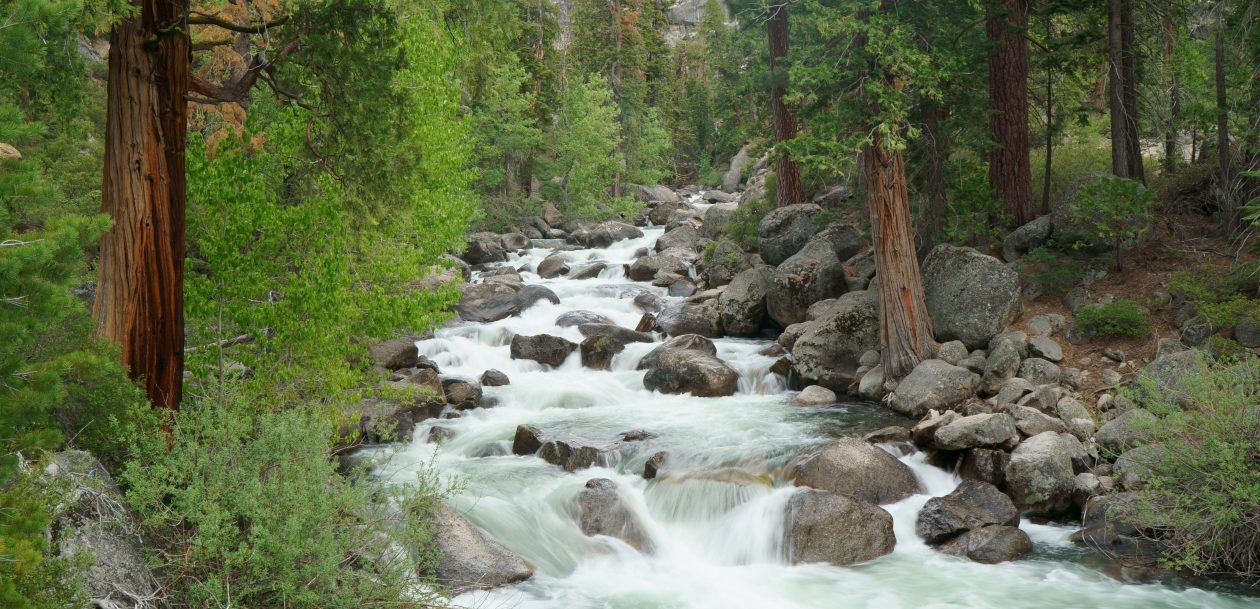

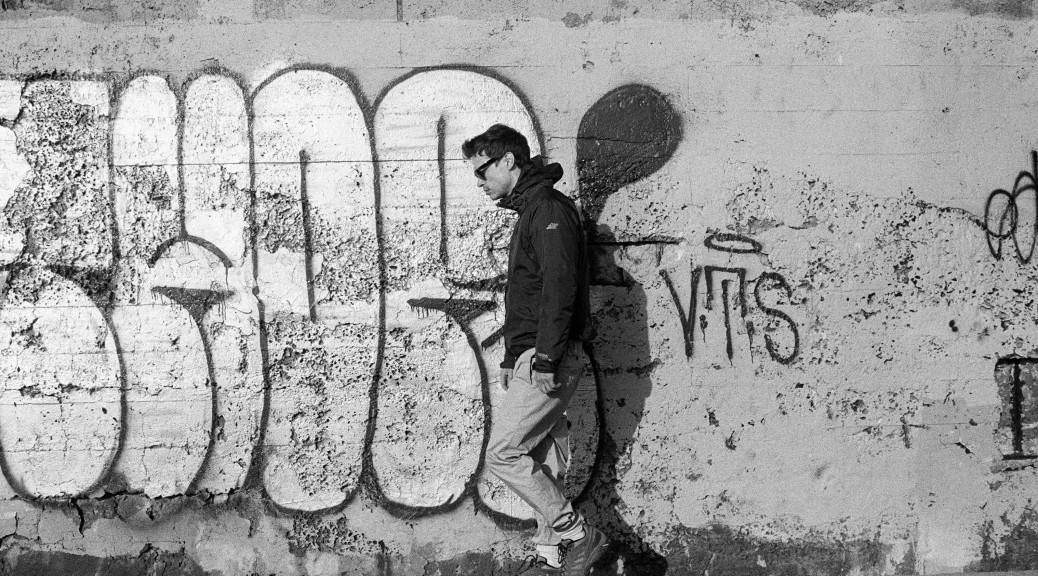
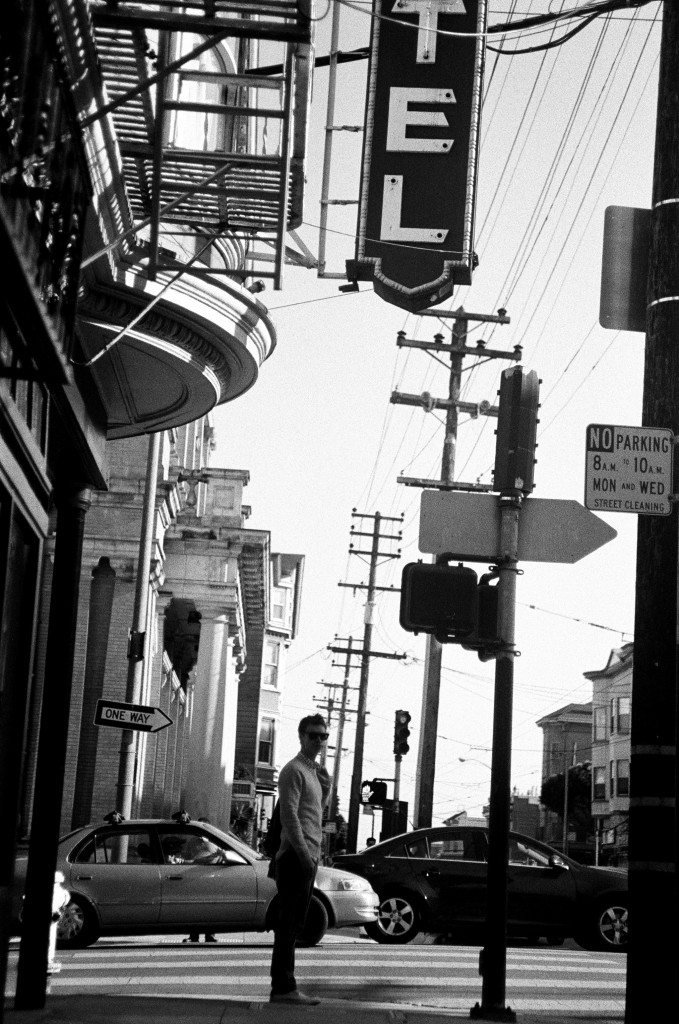

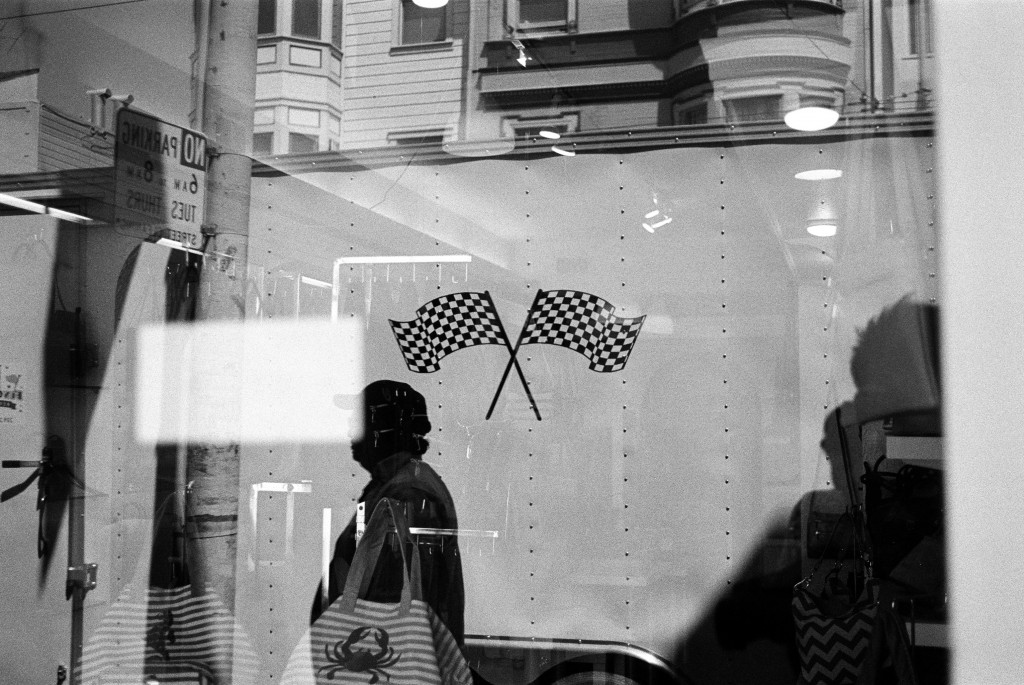 Spring time in San Francisco. Within the window and beyond.
Spring time in San Francisco. Within the window and beyond.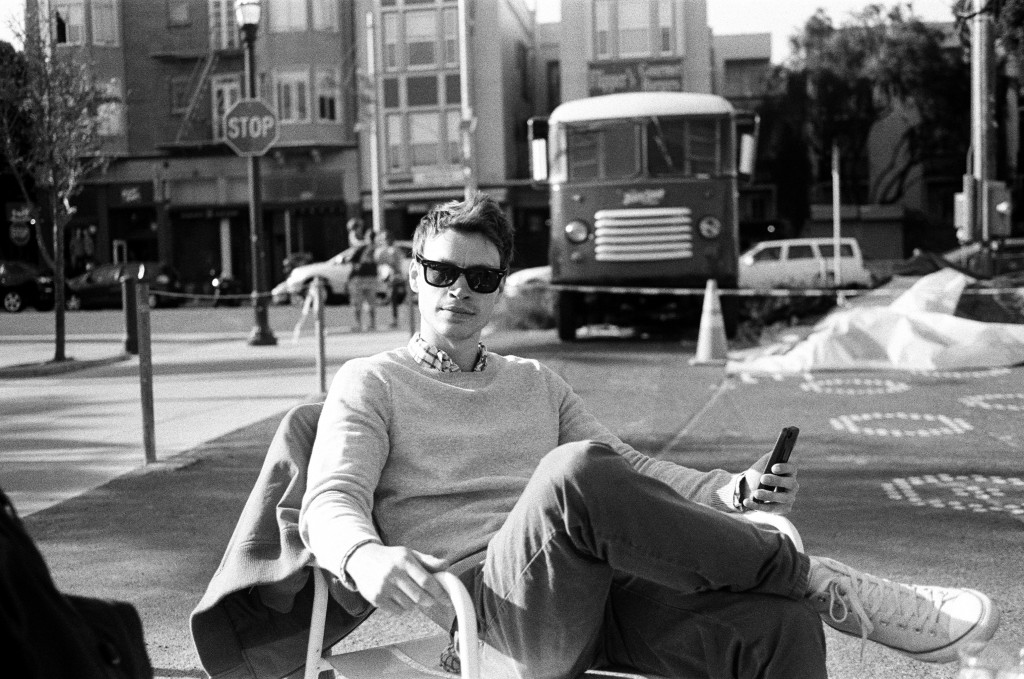

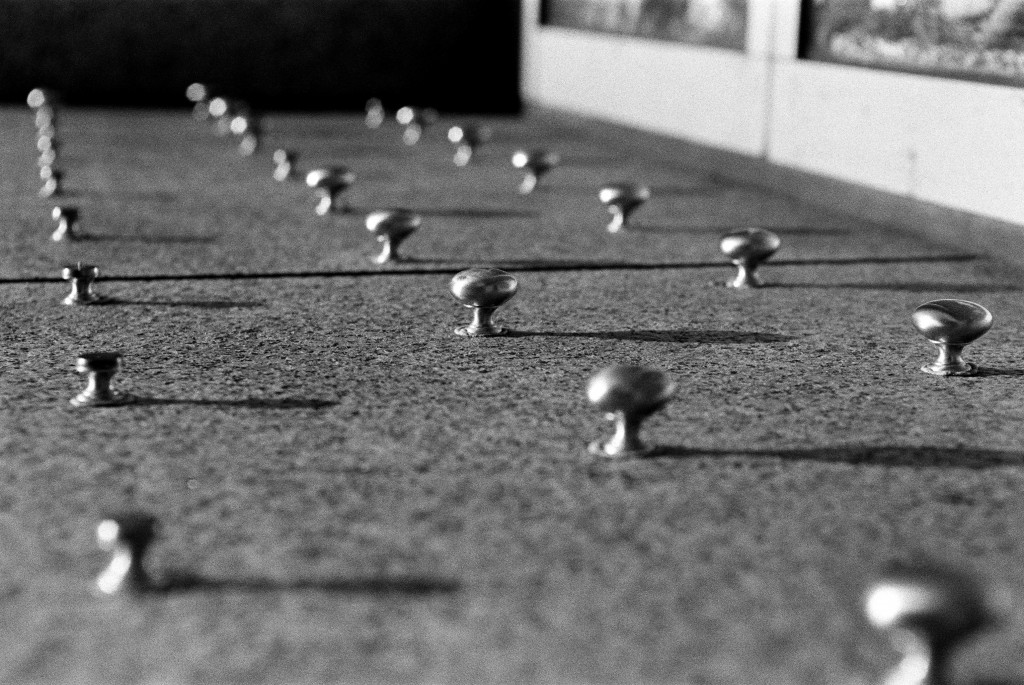
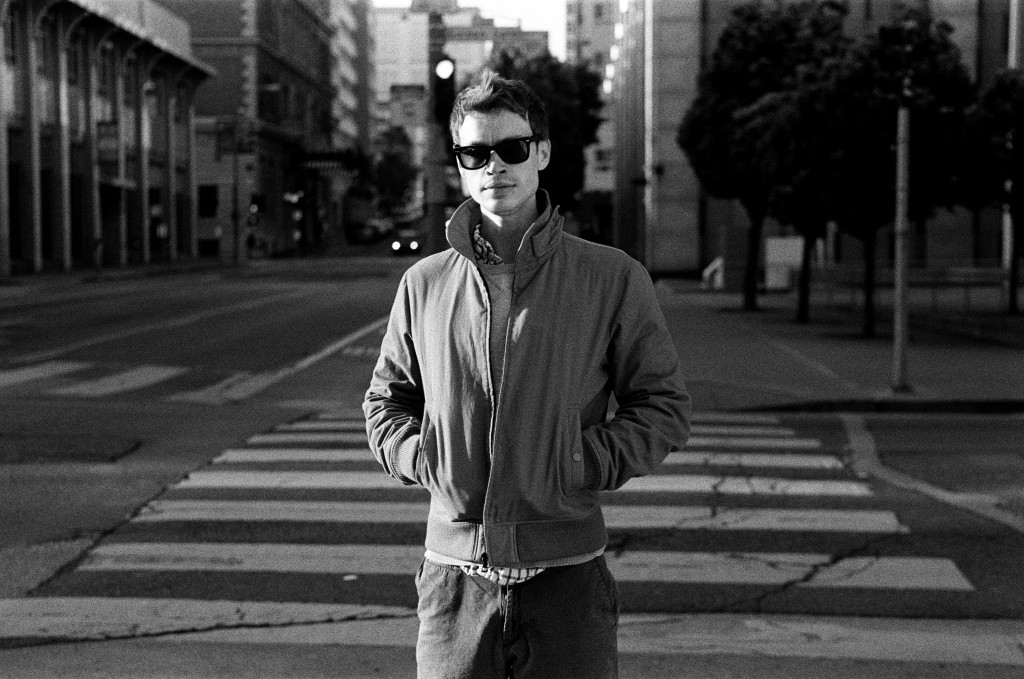 One of my favorite shots from this roll. Sun light was in its prime seconds.
One of my favorite shots from this roll. Sun light was in its prime seconds.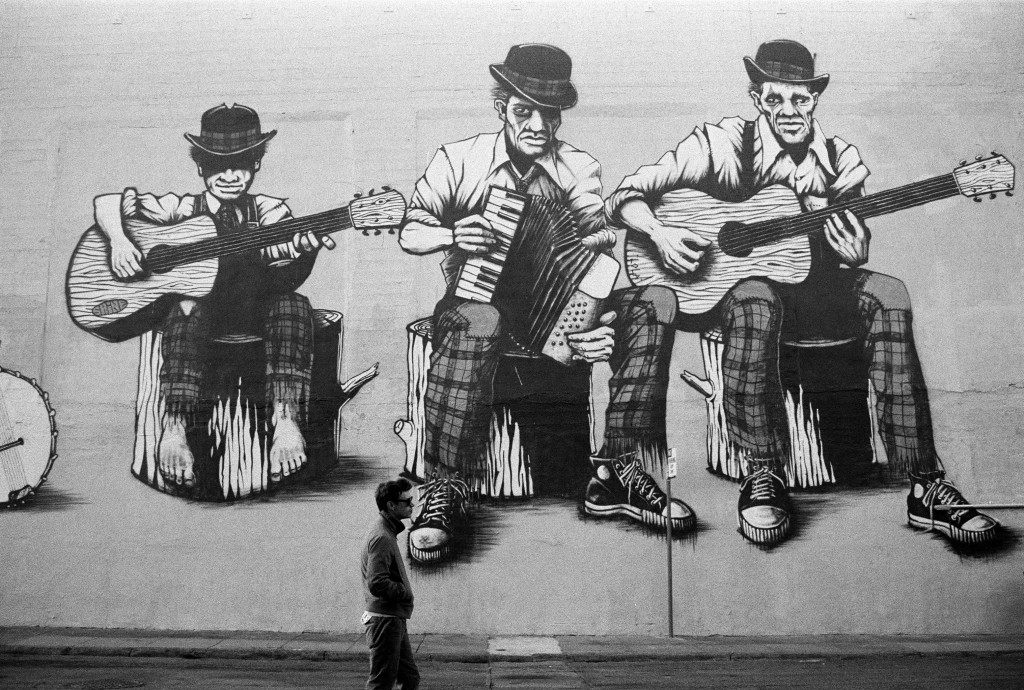 The wall of Tenderloin.
The wall of Tenderloin.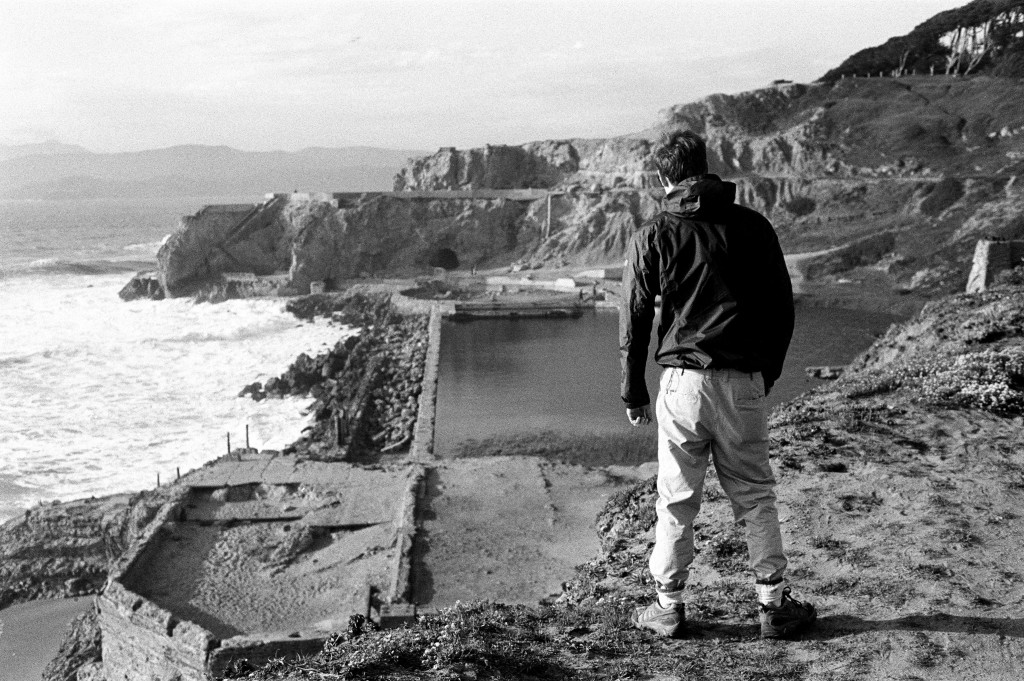 Behold! Sutro Bath Ruin — One of the most obscure structures in San Francisco. It once was a privately owned outdoor swimming pool, but its facade burned down by fire in early 20th Century and since been abandoned. The remain of swimming pools and buildings turned into (literally) hobos mansions.
Behold! Sutro Bath Ruin — One of the most obscure structures in San Francisco. It once was a privately owned outdoor swimming pool, but its facade burned down by fire in early 20th Century and since been abandoned. The remain of swimming pools and buildings turned into (literally) hobos mansions.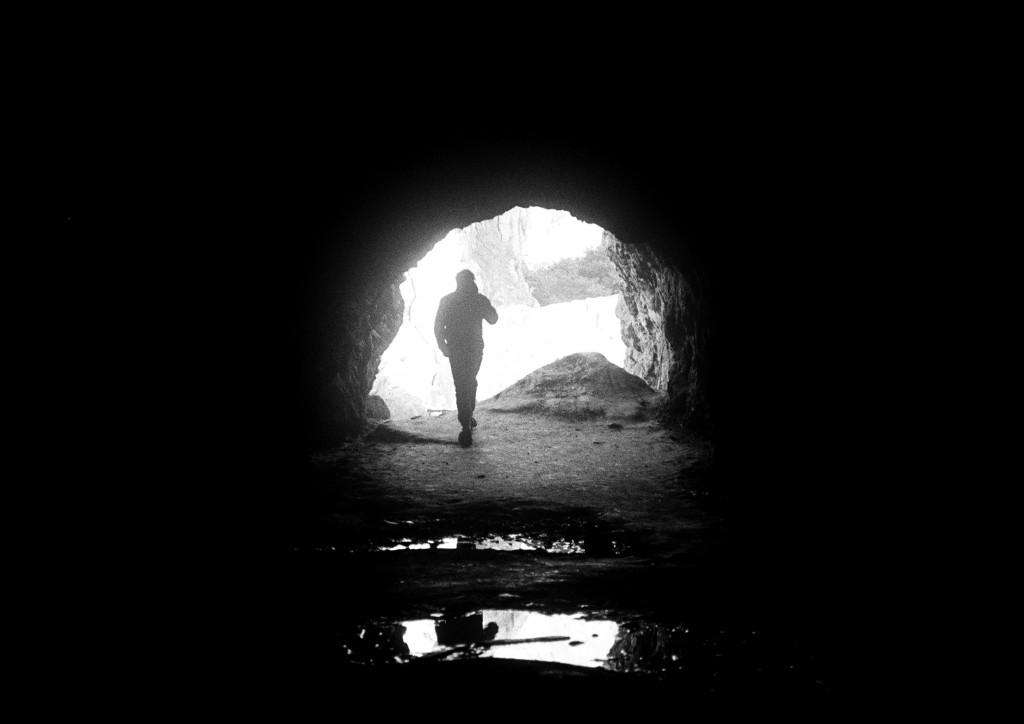 Here it is. Tunnel filled with salt water and rusty pipes that used to be part of pump to circulate the water in the pool back in the day.
Here it is. Tunnel filled with salt water and rusty pipes that used to be part of pump to circulate the water in the pool back in the day.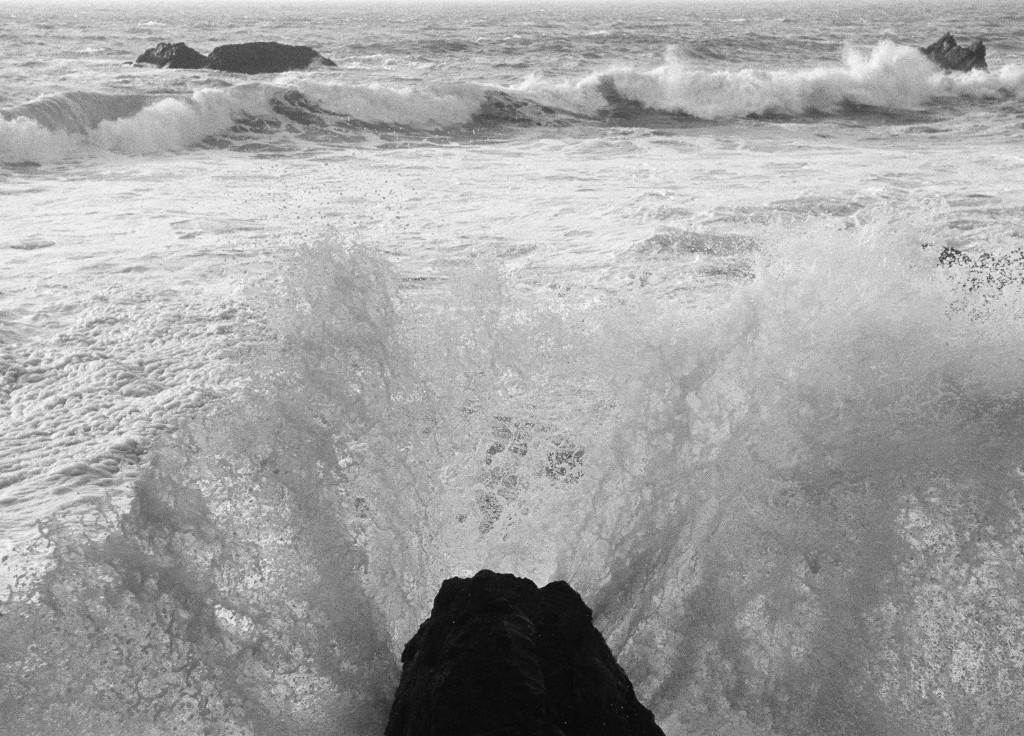 Breaking tide of Pacific was awaiting ahead of tunnel light.
Breaking tide of Pacific was awaiting ahead of tunnel light.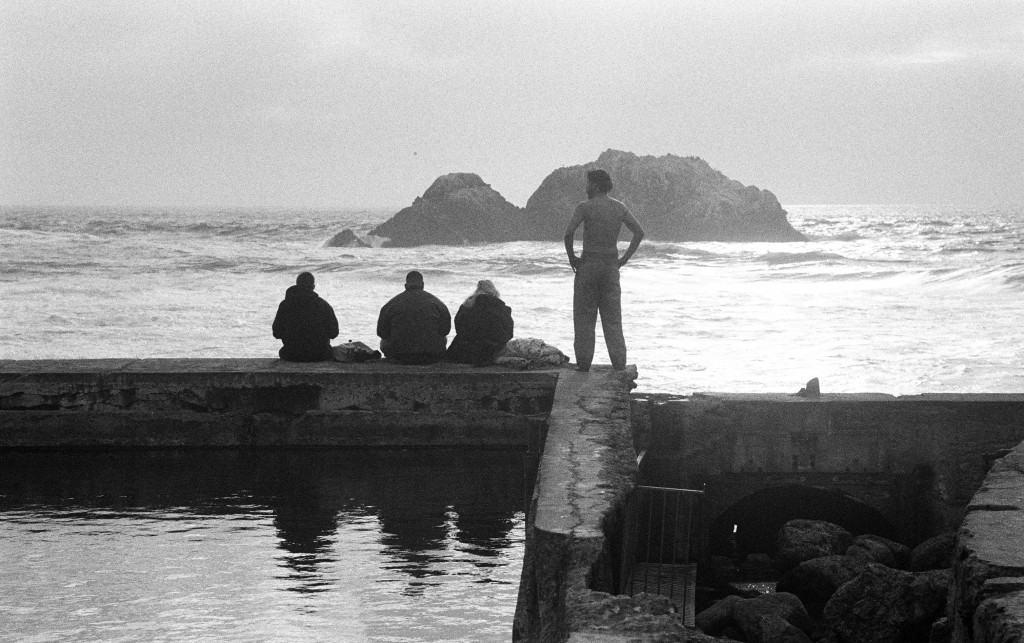 People sitting on the ledge of swimming pool to watch the sun goes down in the Pacific Ocean.
People sitting on the ledge of swimming pool to watch the sun goes down in the Pacific Ocean.